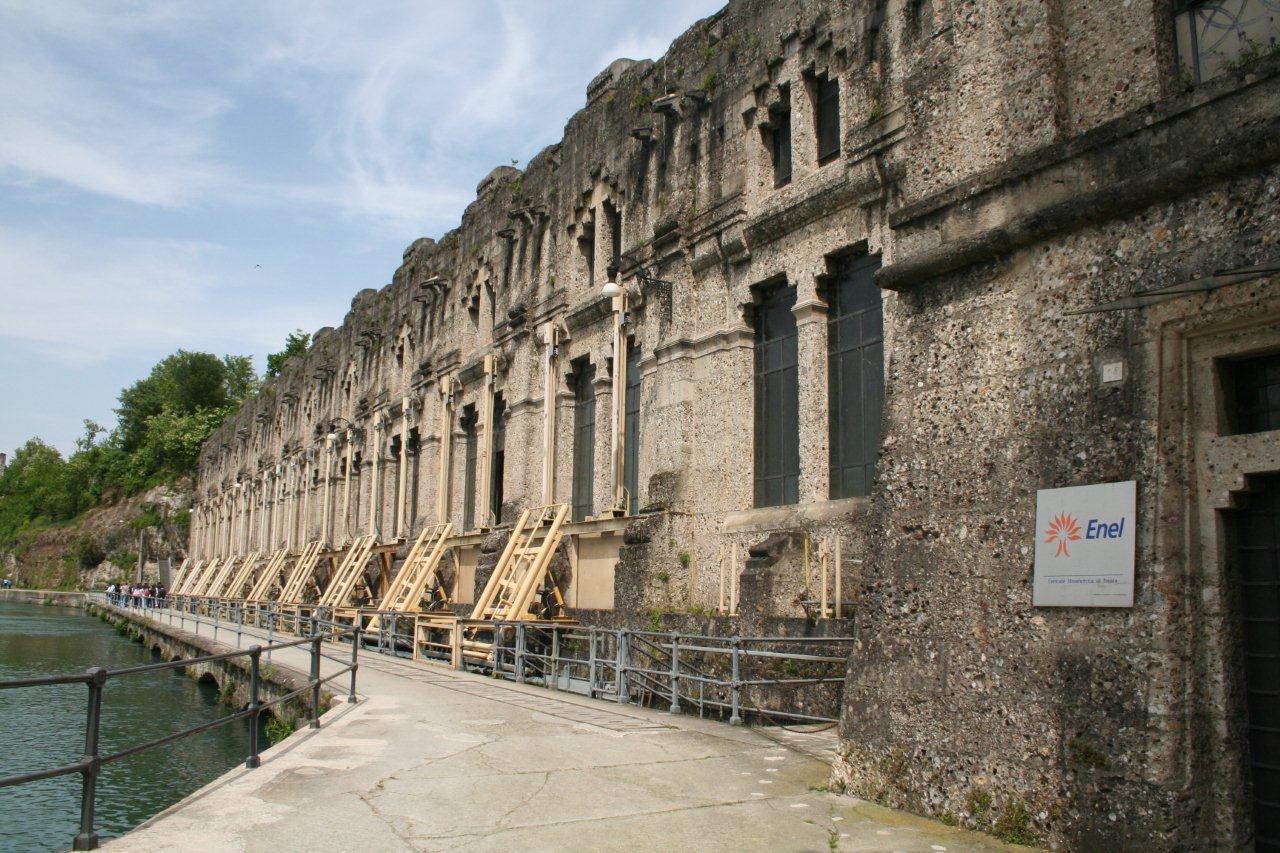CEPPO DELL'ADDA
Introduzione roccia:
Le rocce sedimentarie, che coprono i tre quarti delle terre emerse, sono rocce costituite da materiali, detti sedimenti, che provengono dalla disgregazione di rocce preesistenti dovuta principalmente all'azione di agenti atmosferici.
Il ceppo dell’Adda è una roccia di origine sedimentaria formata da ciottoli arrotondati e cementati fra loro, ed è una roccia terrigena.
Si definisce conglomerato perché è composto da clasti arrotondati delle dimensioni superiori ai 4mm.
Il colore dei clasti in questo caso è grigio e lo stesso vale per la matrice, anche se in altri casi il colore può variare.
Sedimentary rocks are found on three quarters of the land masses and are composed of materials, known as sediments,which come from the disgregation of pre-existing rocks mostly due to the action of atmospheric agents.
The ceppo dell’Adda is a sedimentary rock formed by smooth rounded pebbles cemented together, and is a terrigenous rock.
It is called a conglomerate because it is composed of rounded clasts that have dimensions of 4mm or more.
The color of the clasts in this case is gray and the same applies to the matrix, although in other cases the color may vary.
Approfondimento:
Il ceppo dell’Adda affiora lungo il corso dell'Adda, fiume dell’ Italia settentrionale che scorre in Lombardia.
La roccia si è formata tramite il deposito e poi cementazione di detriti di origini pleistoceniche.
Queste le ha rese abbastanza resistenti da essere usate nelle costruzioni.
Già dal 300 la conformazione del territorio rendeva facile l’estrazione della roccia usata per costruire il castello visconteo di Trezzo, la centrale idroelettrica Alessandro Taccani , e fu usato anche a Milano per la costruzione della strada del naviglio Martesana dopo la seconda guerra mondiale.
Un importante costruzione edificata in ceppo dell'Adda è il cimitero di Bergamo.
Il cimitero è situato nella zona nord-ovest della città ed è un grande esempio di arte ed architettura, composto da un corpo semicircolare e due ali laterali parallele tra di loro, ci sono innumerevoli capitelli e decorazioni che riportano alla sacralità del luogo.
L’imponenza dell’ingresso viene resa dalla scale centrali e dalla voluminosità del famedio alle loro spalle, collegato alle cappelle laterali da un colonnato elegante.
The Ceppo dell'Adda surfaces along the course of the Adda, a river in northern Italy that flows through Lombardy.
The rock was formed through the deposition and then cementation of debris of Pleistocene origins.
These made them tough enough to be used in construction.
As early as 300 AD, the conformation of the territory made it easy to extract the rock used to build the Visconti castle of Trezzo, the Alessandro Taccani hydroelectric plant, and it was also used in Milan for the construction of the Martesana canal road after the Second World War.
An important building made from the Ceppo dell'Adda strain is the cemetery of Bergamo.
The cemetery is located in the north-west area of the city and is a great example of art and architecture, consisting of a semicircular body and two side wings parallel to each other, there are countless capitals and decorations that bring back the sacredness of the place.
The grandeur of the entrance is rendered by the central stairs and by the voluminosity of the famedio behind them, connected to the side chapels by an elegant colonnade.

Cimitero di Bergamo
Cemetery of Bergamo



Centrale idroelettrica Alessandro Taccani
the Alessandro Taccani hydroelectric plant
